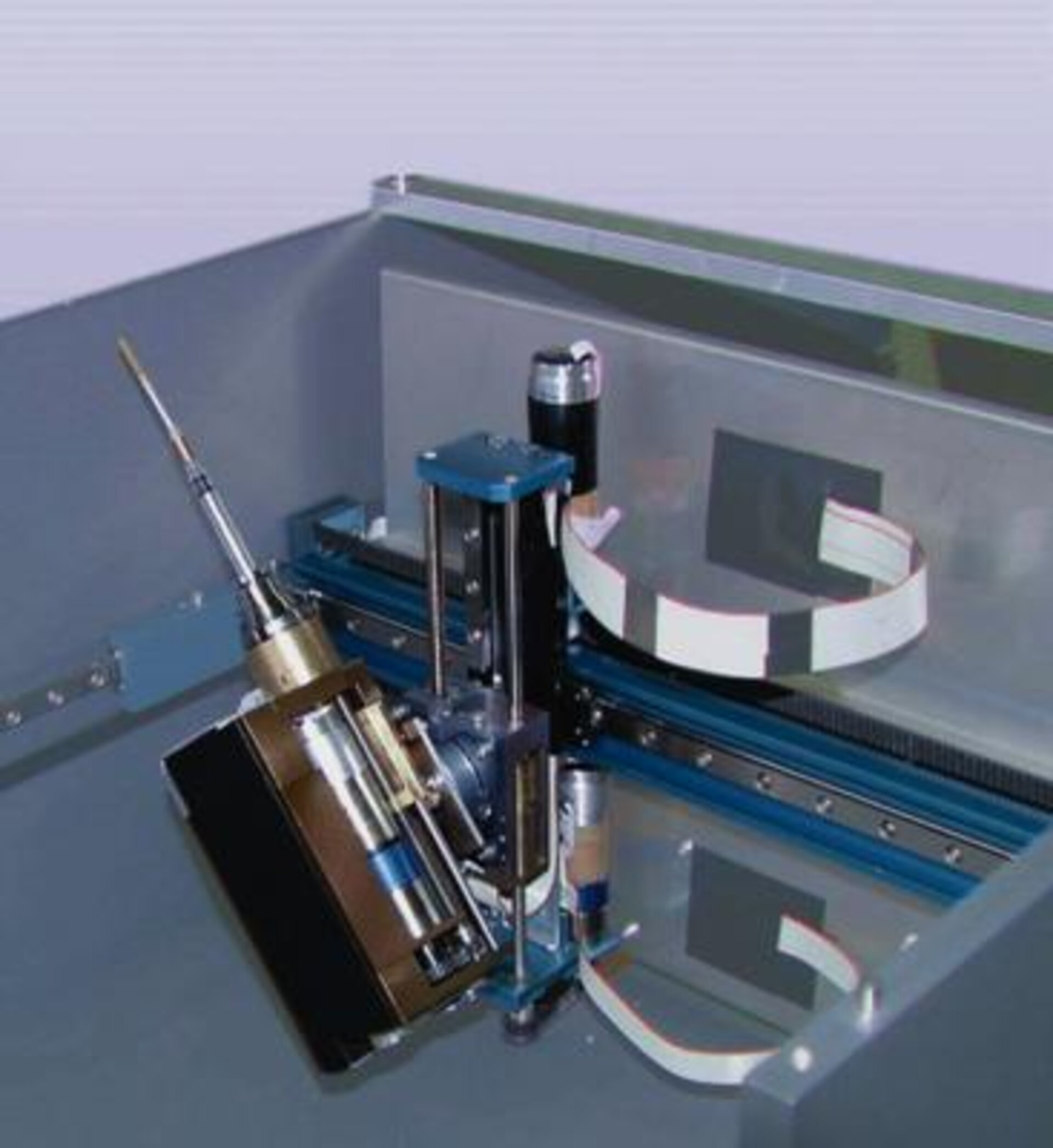Support to ESA Programmes
Within the ESA matrix structure, space missions are managed by dedicated Programme Directorates. The Automation & Robotics group belongs to the Technical and Quality Management Directorate which helps the Programme Directorates develop space missions. In this helper role the Automation & Robotics group:
- provides technical services and specialised professional integrated and functional support, review teams, for space projects and programmes according to support plans and modalities agreed between Programme Directorates and Directorate of Technical Quality Management;
- provide industry and ESA projects with technical expertise and support, as appropriate, to allow them to solve special problems, investigate anomalies, and conduct independent evaluations.
The A&R group provides/has provided support to the following Programme Directorates:
- The Human Spaceflight and Microgravity Directorate, for the COLUMBUS Microgravity Facilities, the FOTON missions, the ERA project, the EUROBOT project and the Exploration Programme
- The Science Directorate: the BepiColombo mission, the Technology Reference Studies
- The Directorate of European Union and Industrial Programmes for the GSV study and ConeXpress project
Microgravity Facilities for COLUMBUS (BIOLAB, EDR, FSL, MSL, EPM)
The Microgravity Facilities for Columbus (MFC) Programme covers the development of five multi-user laboratories in the fields of Biology, Human Physiology, Materials and Fluid Science. These facilities are complex automated laboratories designed to implement complete scientific experiments with minimal intervention of the ISS crew. As such the facilities contain an high amount of A&R technologies (BIOLAB even contains a full featured robot arm). The A&R group has supported with manpower, tools and advise the development of the MFC since its inception.
The ERASMUS Recording Binoculars

The Erasmus Recording Binoculars (ERB) is a stereo video camera capable of recording films for viewing in 3D. The ERB camera, developed by the A&R group, was launched with the Progress 22P from Baikonur, Kazakhstan to the International Space Station on the on the 24th of June 2006. The camera will primarily be used by German astronaut Thomas Reiter during his Long Duration Mission in 2006. The ERB will stay onboard the Space Station during its 3 years lifetime.
The FOTON missions
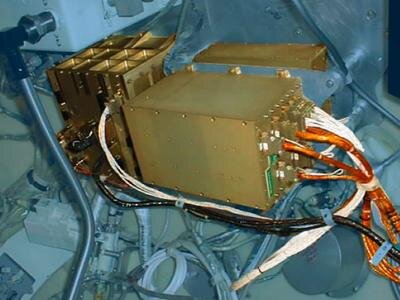
Foton are Russian unmanned recoverable capsules, which are used to carry out scientific experimentation in low Earth orbit for a maximum duration of about 15 days. ESA has been participating in this type of scientific mission for 18 years, lately by providing the majority of the scientific payload. The A&R group has initiated and managed the development of the Telescience Support Unit (TSU), an avionics system capable to:
- acquire, process, store and transmit data and video images to the ground
- receive, interpret and execute commands uplinked to the spacecraft
The TSU has allowed Principle Investigators (the chief scientists responsible for each scientific payload) to interact with their experiment while in flight. Since the mission Foton M2 the A&R group is also responsible for the definition and manning of the mission ground segment.
The European Robot Arm (ERA)
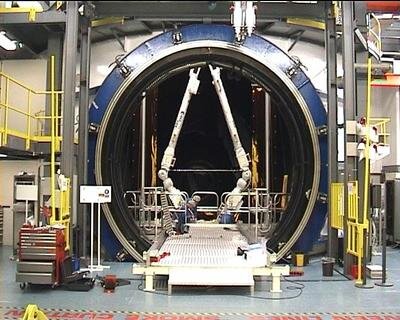
ERA is robotic servicing system, which will be used in the assembly and servicing of the Russian segment of the International Space Station. ERA has been for most of its long development history the only approved robotic programme at ESA. From its inception, the A&R group has supported the ERA Programme through all kinds of engineering activities including hardware test campaigns.
EUROBOT

This robot, which is as large as a human, is designed to carry out astronaut’s tasks on the International Space Station. EUROBOT will be able to climb the outside of a space station, attach itself to the handrails just like an astronaut and be tele-operated by the crew inside. The A&R group has initiated the EUROBOT concept, provides support to the EUROBOT project and has initiated a series of R&D activities to prepare technolgy needed by EUROBOT
Exploration Programme (ExoMars and Lunar exploration)

The EXOMARS rover is the main actor of the ExoMars mission. The rover will carry a suite of Exobiology instruments called PASTEUR that will enable the study of extinct /extant life on Mars. The whole rover requires a huge amount of A&R technology. The A&R group supports the ExoMars project with managerial and engineering activities. The group has also supported the Exploration Programme in the investigation of future Lunar exploration missions.
Bepicolombo
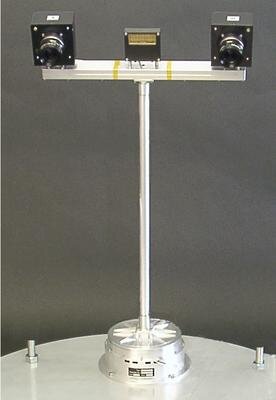
The BepiColombo mission will deliver two spacecraft (Mercury Planetary Orbiter and Mercury Magnetospheric Orbiter, the latter provided by ISAS, Japan) in two separate Hermean orbits. However at its inception the mission also featured a Mercury Surface Element (MSE), the first lander on the surface of Mercury. The main purpose of MSE was to investigate in-situ the physical and chemical properties of the Hermean surface. The MSE hosted two important A&R elements: a micro-rover and an imaging system. The A&R group initiated R&D activities to develop both items. Sadly the MSE was cancelled in 2003, while the R&D activities were continued.
Technology Reference Studies
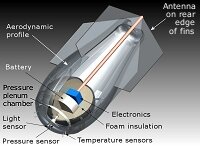
The aim of Technology Reference Studies (TRS) is to explore possible mission scenarios to allow the ESA Science Directorate to strategically plan R&D important technologies of likely relevance to future science missions. The A&R group has supported the Science Directorate in developing technology in support to the Venus Entry Probe (VEP) TRS.
Geostationary Servicing Vehicle

In 1990 ESA in 1990 initiated the “Geostationary Servicing Vehicle” (GSV) study. GSV was intended to be a robot-equipped satellite able to repeatedly grasp and repair failed satellites. The A&R group provided support in the engineering of the roboti elements of GSV. Following the GSV study the team initiated a series of R&D activities to prepare technology for GSV.
ConeXpress-OLEV

The “ConeXpress as Orbital Life Extension System” (CX-OLEV) aims at developing a servicing spacecraft capable of extending the life of GEO telecommunication satellites by captive-carrying them. CX-OLEV uses a DLR provided docking payload to "sting" and capture a client satellite. The A&R group has provided engineering support to the ARTES programme of the Directorate of European Union and Industrial Programmes which manages the CX-OLEV development.


